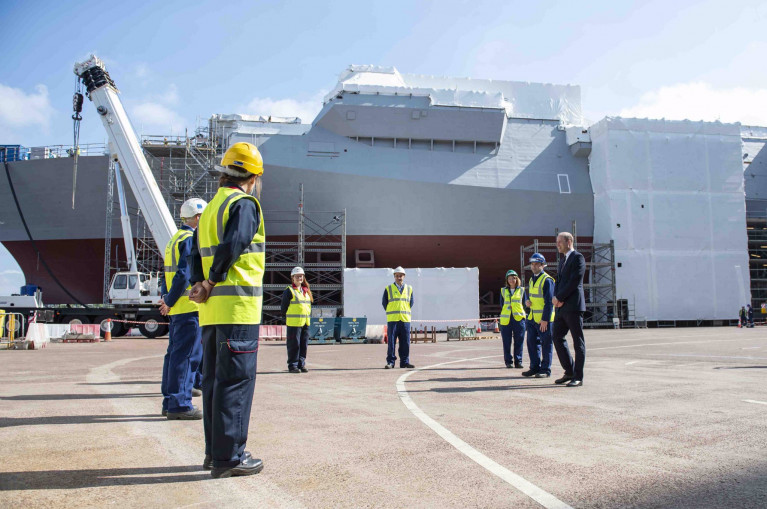At a shipyard in Scotland, Prince William cut the steel on HMS Belfast, a ship which will form part of a modern fleet serving the UK's Royal Navy for decades to come, reports BBC News.
Pushing down on a button in BAE Systems' Govan shipyard on Glasgow's River Clyde, he set to work lasers which moved across the first steel plate on the £1.2bn Type 26 warship.
The high-tech process is a long way from how its predecessor came into the world.
The keel laying - the starting point for construction at the time - for the first HMS Belfast (see flagship story), which has been moored on the River Thames for the past 50 years, took place in the Belfast shipyard Harland and Wolff in 1936.
The ship went on to be involved in some of the key battles of World War Two - including the Normandy landings and the Battle of North Cape.
It later also played a role in the Korean War.
With construction underway on the modern HMS Belfast, why do the two ships have the same name?
To read why and for much more here about the newbuild HMS Belfast, a name as Afloat previously reported, was first unveiled in 2017 by then UK Defence Secretary when visiting Harland and Wolff shipyard.
The Type 26 frigates, which will have the primary purpose of anti-submarine warfare, as the BBC also reported, however will see all eight of the City class built at the River Clyde shipyard.


























































